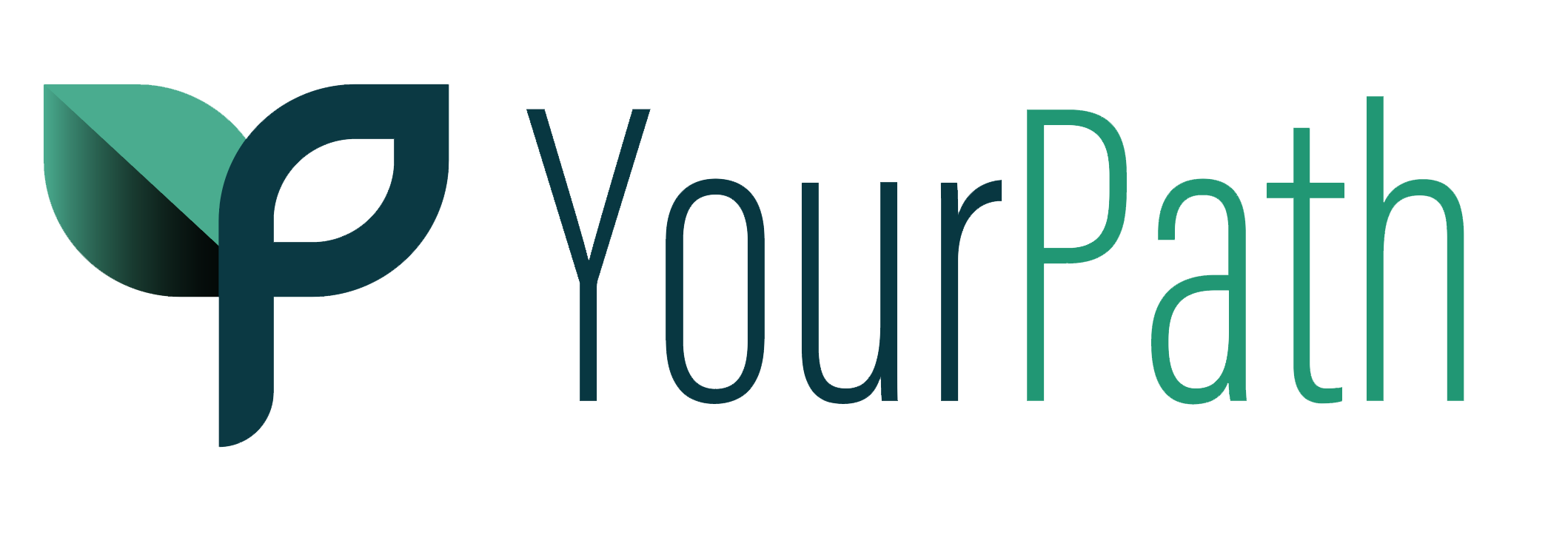What are we FOR?
I have a tendency to write about things I see as problematic. It can leave the impression that I am not necessarily for much of anything — besides complaining, of course.
Well, here is an attempt at sharing what it is we have been working on for the last 9 months, and what we have planned for the coming months. Part two of this will be on our plans in the coming years and what we would love to see at organizational, state, and federal level to improve systems of care for the people we serve.
Everything comes down to increasing access to person-centered, quality care for individuals and families. We have two basic areas of service we are launching early this summer.
Low-threshold treatment initiation, including (when appropriate)
Virtual Comprehensive Assessment (formerly a Rule 25)
Person-centered treatment referral and coordination
Warm handoff to peer recovery specialists
Buprenorphine/Suboxone induction
Low-threshold provision of medications for substance use disorders
Services offered statewide via telehealth
Five pop-up clinics in places where people already feel safe
Buprenorphine/Suboxone induction and maintenance
Referral to methadone
Initiation of naltrexone
We have been working for the last 9 months to set up safe and effective programming while we secure insurance contracts and build out our technology solutions. We have been doing some pro bono care while we get our legal structure, electronic health record, and all of that stuff set up. We can’t wait to go live and expand these services to more people in need.
YourPath sprouts
We can’t wait to show you what we’ve been working on.
The biggest problem in our system is access. Quality is a close second, but we feel lack of access to care is the most-pressing issue we face.
There are several thousand things that make up this issue, but some of the main ones we are hoping to address include:
An almost complete lack of clinical reimbursement or understanding of person-centered interventions to improve access to care for SUDs
A complacent and Kafkaesque system
A lack of culturally-appropriate referral systems
Misaligned and perverse incentives/disincentives
I get a fair amount of calls from people looking for help. I have been pretty open about my recovery and my work for a while, and am always, always, always happy to help people however I can. I have never had more calls than I have in the past couple months. It is rough out there. I’ve never charged anything to do this work, but believe that if every clinician in the state were trained in ARISE invitational interventions and able to bill for these services, we’d be better off…
I hear consistently from frantic moms, spouses and individuals seeking care that they cannot get an assessment. Just yesterday, I heard that a young man was told that he cannot admit to a residential program until he had an assessment, which of course was scheduled for ten days out. Ten days. Ten days to a family who has a son who is seeking care for a substance use issue similar to the one that claimed the life of a friend of his the week prior. Unacceptable.
Of course, if you are part of our weird little secret world, you know how to get an assessment relatively quickly. Chances are though, when you run into somebody who knows about this weird little world, they are connected to a program and the outcome of the assessment is largely determined prior to any questions being asked. That’s another dynamic we are trying to solve. Many assessors serve a business development function for the organizations they work with and for. Is it always bad? No. Is it sometimes bad? Hell yes.
YourPath is launching a technology-augmented assessment platform in early summer. It will be available 24/7. Individuals can complete our assessment from wherever and will be able to schedule a meeting with a counselor within 24 hours after completion. We also know that many people don’t have access to technology, might have a disability or temporary or permanent issue that might prevent them from finding this useful, or are in a setting where it might not be safe or possible to complete this process. We’ll do those over the phone or find other options.
As part of this process, we understand how much it sucks and want to make it suck less. We also know how vital it is that people get access to lifesaving supports as soon as absolutely friggin’ possible, especially — in our humble opinion — peer services and access to medications like buprenorphine/suboxone. Why people are asked to sit around on a waitlist without any support has never made much sense from a human perspective.
We also are hellbent on helping people find programs that suit their cultural needs and backgrounds. Our state has some of the worst disparities in outcomes for non-white populations. There are many people and organizations doing incredible work, but people need to get to them. Our hope and aim is that through partnerships with culturally-specific and -competent treatment organizations and Recovery Community Organizations (RCOs), we can have access to appropriate supports from the get.
Our other hope is that people who might not be interested in abstinence are offered effective services. Our person-centered approach embraces all flavors of recovery and is a good option for folks interested in harm-reduction approaches to care.
The vast majority of folks we work with will receive an immediate connection to a certified peer recovery specialist from one of our RCO partners, and — when appropriate — connection via a convenient portal to set up an immediate appointment to initiate Medication for Opioid Use Disorder (MOUD). This will be offered via YourPath and other providers via telehealth or in-person services as safe and available.
And, before any of you smartypants want to talk about direct access, we know. We also know that most people have no clue whatsoever what their options are and what treatments might be a good fit for them. How many times have you heard (or experienced) people ending up in treatment that is so wildly inappropriate for them that you have to wonder how it happened?
The bisexual atheist with they/them/theirs pronouns who ends up at Teen Challenge. The guy with a 20-year history of IV heroin use, trauma, and significant co-occurring mental health issues who ends up at the Retreat. The 12-Step-hater with a super-abusive-prominent-member-of-a-local-12-Step-community father who ends up at Hazelden.
Just…. How?
We hope that by having this service widely available and marketed, we can help people find something that fits them, not something that fills up programming or helps programs meet census or payroll.
Of course, there are other things on the horizon, but this is what we have planned for this year. We hope that these two services will allow for us to immediately help improve outcomes for people most at-risk.
This is just the first step toward some much larger technology goals. We really don’t want to compete with anybody who is offering high-quality care. There is plenty of suffering to go around. Our hope is that we can effectively fill some persistent and dangerous gaps in our “system.”
Please reach out if you have any questions or concerns and stay tuned for some writing around our future plans.

